Cooking with cast iron offers excellent heat retention and enhances the flavor of dishes. It also provides health benefits by adding iron to your food.
Benefits of Cooking With Cast Iron:Cast iron cookware has gained popularity for its durability and versatility. This timeless kitchen essential can be used on the stovetop, in the oven, or over an open flame. Many chefs and home cooks appreciate its ability to evenly distribute heat, ensuring perfectly cooked meals.
Unlike non-stick pans, cast iron develops a natural non-stick surface over time, enhancing its cooking performance. With proper care, cast iron lasts for generations, making it a sustainable choice. Embracing this cookware not only elevates your culinary experience but also adds a rustic charm to your kitchen. Discover the joys of cooking with cast iron today!
The Resurgence Of Cast Iron Cookware
Cast iron cookware is making a big comeback. Many people are rediscovering its benefits. From durability to versatile cooking, cast iron has it all. This revival is fueled by a desire for healthier cooking methods and sustainable choices.
A Brief History
Cast iron cookware has a rich history. It dates back to the Han Dynasty in China, around 200 BC. European countries started using it in the 1700s. By the 19th century, cast iron was common in American kitchens. It became a symbol of home cooking and comfort.
Over the years, other materials like aluminum and non-stick coatings gained popularity. Cast iron cookware fell out of favor. Today, many people are returning to this classic choice.
Modern Appeal
Why the sudden love for cast iron? Here are some reasons:
- Durability: Cast iron lasts for generations with proper care.
- Versatility: Use it on the stovetop, in the oven, or over a campfire.
- Health Benefits: It adds iron to your food, a vital nutrient.
- Natural Non-Stick: Seasoning creates a natural non-stick surface.
- Eco-Friendly: Cast iron is recyclable and made to last.
People enjoy cooking with cast iron for its unique flavor. Foods cooked in cast iron often taste better. Chefs love it for its heat retention and even cooking.
Social media has fueled this trend. Instagram and Pinterest are filled with beautiful cast iron dishes. Home cooks share tips and recipes, inspiring others to try it.
Cast iron cookware is more than just a trend. It connects people with tradition and healthy cooking. As more people seek quality tools, cast iron is here to stay.
Health Advantages Of Cast Iron
Cooking with cast iron offers various health benefits. Many people don’t realize how beneficial this cookware can be. Let’s explore two key advantages: natural iron supplementation and being a non-toxic alternative.
Natural Iron Supplementation
Cooking in cast iron can help increase dietary iron levels. This is especially important for those who need more iron. Here are some quick facts:
- Iron is vital for producing red blood cells.
- Low iron levels can lead to anemia.
- Cast iron cookware releases small amounts of iron into food.
Foods that benefit most include:
| Food Type | Iron Content (mg per 100g) |
|---|---|
| Red Meat | 2.7 |
| Leafy Greens | 2.5 |
| Legumes | 3.7 |
Using cast iron can help boost iron intake, especially for vegetarians.
Non-toxic Alternative
Cast iron cookware is a great non-toxic choice. Many modern cookware options contain harmful chemicals. Cast iron is safe and free from these toxins. Here are some reasons to choose it:
- No harmful coatings or chemicals.
- Durable and long-lasting.
- Helps maintain a healthy cooking environment.
Switching to cast iron can improve your overall cooking experience. It offers a safe way to prepare meals without worrying about toxins.
Enhancing Flavors With Cast Iron
Cooking with cast iron brings out rich flavors in food. The unique properties of cast iron skillets and pans improve taste. This section explores how cast iron enhances flavors through heat retention and seasoning.
Heat Retention And Even Cooking
Cast iron is famous for its excellent heat retention. This means food cooks evenly. Here are some benefits:
- Consistent Temperature: Cast iron maintains heat well.
- Even Cooking: No hot spots or cold areas.
- Perfect Searing: Great for meat and veggies.
These factors create a delicious crust on meats. They also caramelize vegetables beautifully. Flavors deepen with every dish you prepare.
Seasoning: The Flavor Enhancer
Seasoning cast iron adds flavor to your food. Seasoning creates a natural non-stick layer. It consists of oil baked onto the surface. Here’s how seasoning improves taste:
- Natural Oils: They add depth to dishes.
- Improved Texture: Food comes out crispier.
- Enhanced Flavor: Each layer builds on the last.
Over time, seasoned cast iron develops a unique character. Each meal becomes richer and more flavorful. The more you cook, the better the flavor.
Versatility In The Kitchen
Cooking with cast iron offers unmatched versatility. It adapts to many cooking methods. From frying to baking, cast iron excels in every task. This kitchen essential is a game changer for home cooks.
From Stovetop To Oven
Cast iron skillets can handle both stovetop and oven heat. This means you can start cooking on the stove and finish in the oven. Here are some benefits:
- Seamless transition from cooking methods
- Even heat distribution
- Perfect for one-pan meals
You can bake cornbread, roast veggies, or sear meats. The possibilities are endless. Use your cast iron for:
- Fried chicken
- Pizza
- Frittatas
- Cookies
Wide Range Of Dishes
Cast iron skillets are not just for traditional meals. They can cook a variety of dishes. Here’s a table showcasing some popular recipes:
| Dish | Cooking Method | Time |
|---|---|---|
| Steak | Stovetop & Oven | 15-20 minutes |
| Lasagna | Oven | 30-45 minutes |
| Pancakes | Stovetop | 10-15 minutes |
| Apple Crisp | Oven | 30-40 minutes |
Cast iron is perfect for sweet and savory dishes alike. Try it for your favorite recipes. Enjoy the unique flavor it adds to every meal.
Durability And Longevity
Cooking with cast iron offers amazing durability and longevity. These pans can last a lifetime with proper care. They resist wear and tear better than most cookware. Investing in cast iron means enjoying its benefits for years.
Built To Last
Cast iron cookware is known for its strength. Unlike other materials, it won’t warp or scratch easily. Here are some reasons why cast iron is built to last:
- Robust Material: Made from thick iron, it withstands high heat.
- Resistant to Damage: Less likely to chip or crack.
- Timeless Design: Simple, classic look suits any kitchen.
Cost-effectiveness Over Time
Buying cast iron cookware is a smart financial choice. While the initial cost may be higher, it pays off in the long run. Here’s why:
| Feature | Traditional Cookware | Cast Iron Cookware |
|---|---|---|
| Initial Price | Lower | Higher |
| Durability | 5-10 years | Lifetime |
| Maintenance | Frequent replacement | Minimal upkeep |
| Heat Retention | Poor | Excellent |
Cast iron’s ability to retain heat saves energy. This reduces cooking costs over time. Fewer replacements mean more savings. Choose cast iron for a smart, long-lasting investment.
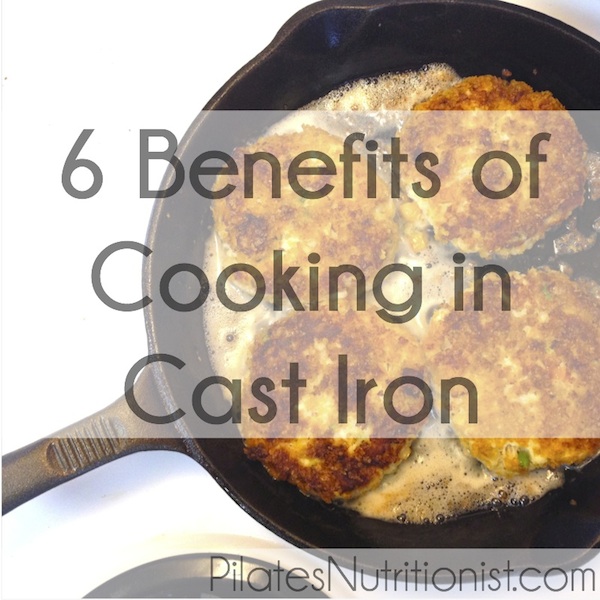
Credit: lilynicholsrdn.com
Ease Of Maintenance
Cooking with cast iron is not only rewarding but also easy to maintain. With proper care, these pans can last a lifetime. Let’s explore how simple it is to keep your cast iron cookware in top shape.
Simple Cleaning Routine
Cleaning cast iron is quick and straightforward. Follow these steps:
- Let the pan cool down.
- Use hot water to rinse.
- Scrub with a non-metal brush or sponge.
- Dry thoroughly with a towel.
- Apply a light coat of oil to prevent rust.
This routine keeps your pan clean and ready for use. Avoid using soap or soaking it in water. These actions can damage the seasoning.
Seasoning: Care And Upkeep
Seasoning is vital for cast iron cookware. It creates a non-stick surface and prevents rust. Follow these steps for proper seasoning:
- Preheat your oven to 375°F (190°C).
- Apply a thin layer of vegetable oil on the pan.
- Place the pan upside down in the oven.
- Bake for one hour.
- Turn off the oven and let it cool.
Regular seasoning enhances the pan’s performance. Do this every few months or after heavy use. A well-seasoned pan is a joy to cook with.
With these simple maintenance tips, your cast iron cookware will stay in excellent condition. Enjoy cooking with your trusty cast iron for years to come!
Eco-friendly Cooking Option
Cooking with cast iron is a smart choice for the planet. It offers many benefits that support sustainable living. These pans last a lifetime, reducing waste. They help you cook healthy meals without harmful chemicals. Let’s explore why cast iron is an eco-friendly cooking option.
Reusable And Sustainable
Cast iron cookware is highly durable. With proper care, it can last for generations. This longevity means less waste in landfills.
- Cast iron pans can be passed down as heirlooms.
- They reduce the need for frequent replacements.
Each piece of cast iron is made from natural materials. This reduces the carbon footprint compared to non-stick options. When you choose cast iron, you choose sustainability.
Reduced Need For Oils And Fats
Cooking with cast iron can lower your oil usage. The natural non-stick surface allows for healthier cooking.
| Type of Cooking | Traditional Method | Cast Iron Method |
|---|---|---|
| Sautéing | 2-3 tablespoons oil | 1 tablespoon oil |
| Baking | Grease required | Minimal or no grease |
| Frying | Deep frying needed | Shallow frying possible |
Using less oil means healthier meals. It also saves money over time. Less oil means fewer containers to recycle or throw away.
Cast iron pans are a fantastic eco-friendly cooking option. They are reusable, sustainable, and promote healthier cooking habits.
Tips For Cooking With Cast Iron
Cooking with cast iron offers many benefits. Proper techniques enhance your experience. Here are essential tips to maximize your cast iron cooking.
Pre-heating Your Skillet
Pre-heating your skillet is crucial for effective cooking.
- Start on low heat.
- Gradually increase to medium heat.
- Use a few drops of water to test the temperature:
| Water Droplet Behavior | Temperature |
|---|---|
| Evaporates quickly | Hot |
| Bounces around | Medium-hot |
| Sits and steams | Too cool |
Ensure your skillet is hot before adding food. This helps prevent sticking and ensures even cooking.
Avoiding Sticky Situations
Sticky food can ruin your cast iron experience. Follow these steps to keep cooking smooth:
- Use enough oil or fat.
- Choose the right cooking temperature:
- High for searing.
- Medium for sautéing.
- Let food develop a crust before flipping.
- Don’t overcrowd the pan.
With practice, your cast iron skills will improve. Enjoy the rich flavors and perfect textures.
Common Myths Debunked
Many people have misconceptions about cooking with cast iron. These myths often discourage home cooks from using these versatile pans. Let’s explore some common myths and reveal the truths behind them.
Cast Iron Myths
- Myth 1: Cast iron pans are too heavy.
- Myth 2: They are hard to clean.
- Myth 3: They rust easily.
- Myth 4: Cast iron is only for frying.
- Myth 5: They need special seasoning.
Truths Revealed
| Myth | Truth |
|---|---|
| Cast iron pans are too heavy. | Many options are lightweight and easy to handle. |
| They are hard to clean. | With proper care, they are simple to clean. |
| They rust easily. | Rust only occurs with neglect and improper storage. |
| Cast iron is only for frying. | They can sauté, bake, and even grill. |
| They need special seasoning. | Basic oiling works well for maintenance. |
Understanding these myths helps appreciate the benefits of cast iron cooking. Embrace the possibilities with confidence!

Credit: stahlkitchens.com
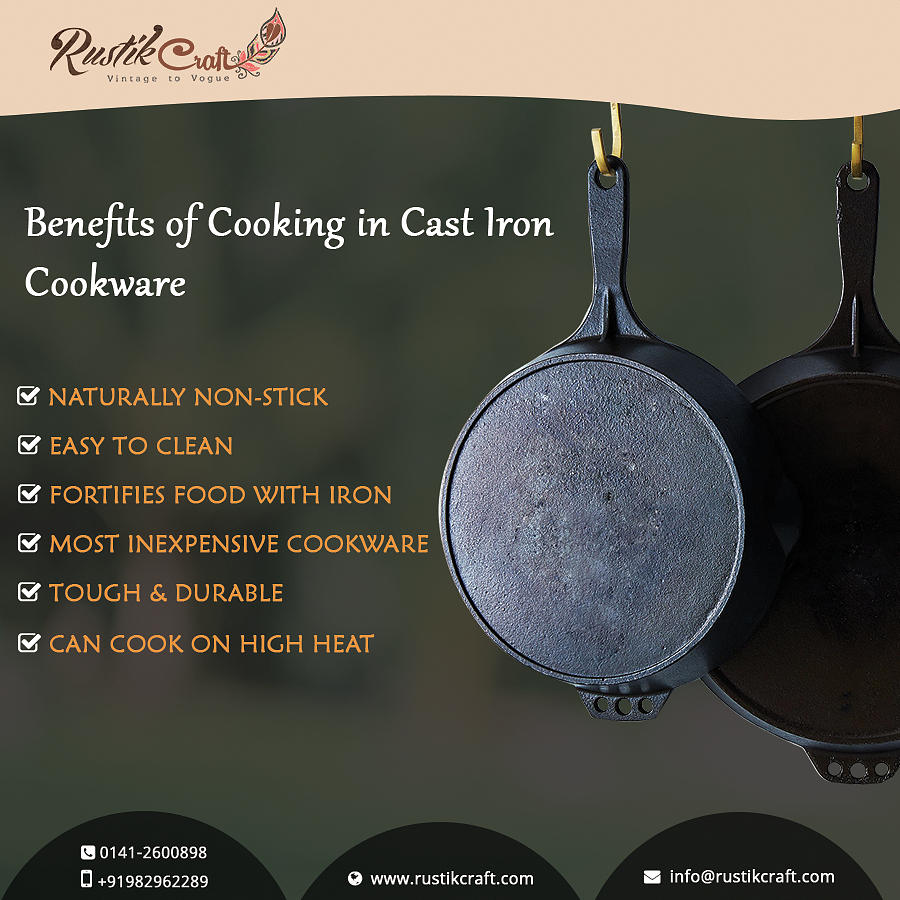
Credit: fineartamerica.com
Frequently Asked Questions
Is It Healthier To Cook With Cast Iron?
Cooking with cast iron can be healthier. It can add dietary iron to your food, which is beneficial for many. Cast iron also withstands high temperatures, allowing for better cooking techniques. Proper seasoning creates a non-stick surface, reducing the need for added oils or fats.
Are There Any Benefits To Cast Iron Cookware?
Cast iron cookware offers excellent heat retention and even cooking. It develops a natural non-stick surface over time. This type of cookware is incredibly durable and can last for generations. It also adds iron to your food, enhancing your diet.
Versatile, it’s suitable for stovetop and oven use.
What Are The Disadvantages Of Cooking With Cast Iron?
Cooking with cast iron can be heavy and difficult to handle. It requires regular seasoning to maintain its non-stick surface. Acidic foods can react with the metal, affecting flavor. Cast iron takes longer to heat and cool, which can impact cooking times.
Proper care is essential to prevent rust.
Is It Ok To Cook In Cast Iron Everyday?
Cooking in cast iron daily is perfectly fine. Regular use enhances seasoning and improves non-stick properties. Ensure proper cleaning and maintenance to prevent rust. Avoid cooking acidic foods frequently, as they can strip seasoning. Enjoy the versatility and durability of your cast iron cookware for everyday meals.
Conclusion
Cooking with cast iron offers numerous benefits. It enhances flavor, retains heat, and is built to last. These versatile pans can elevate any meal. Plus, they provide health benefits through iron infusion. Investing in cast iron cookware is a smart choice for anyone looking to improve their culinary experience.
Embrace the cast iron advantage today!

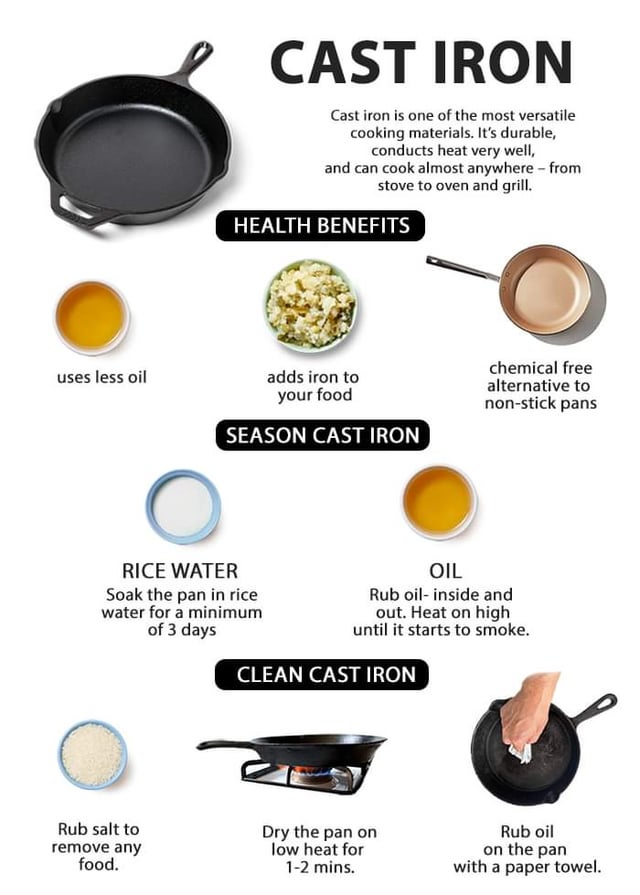
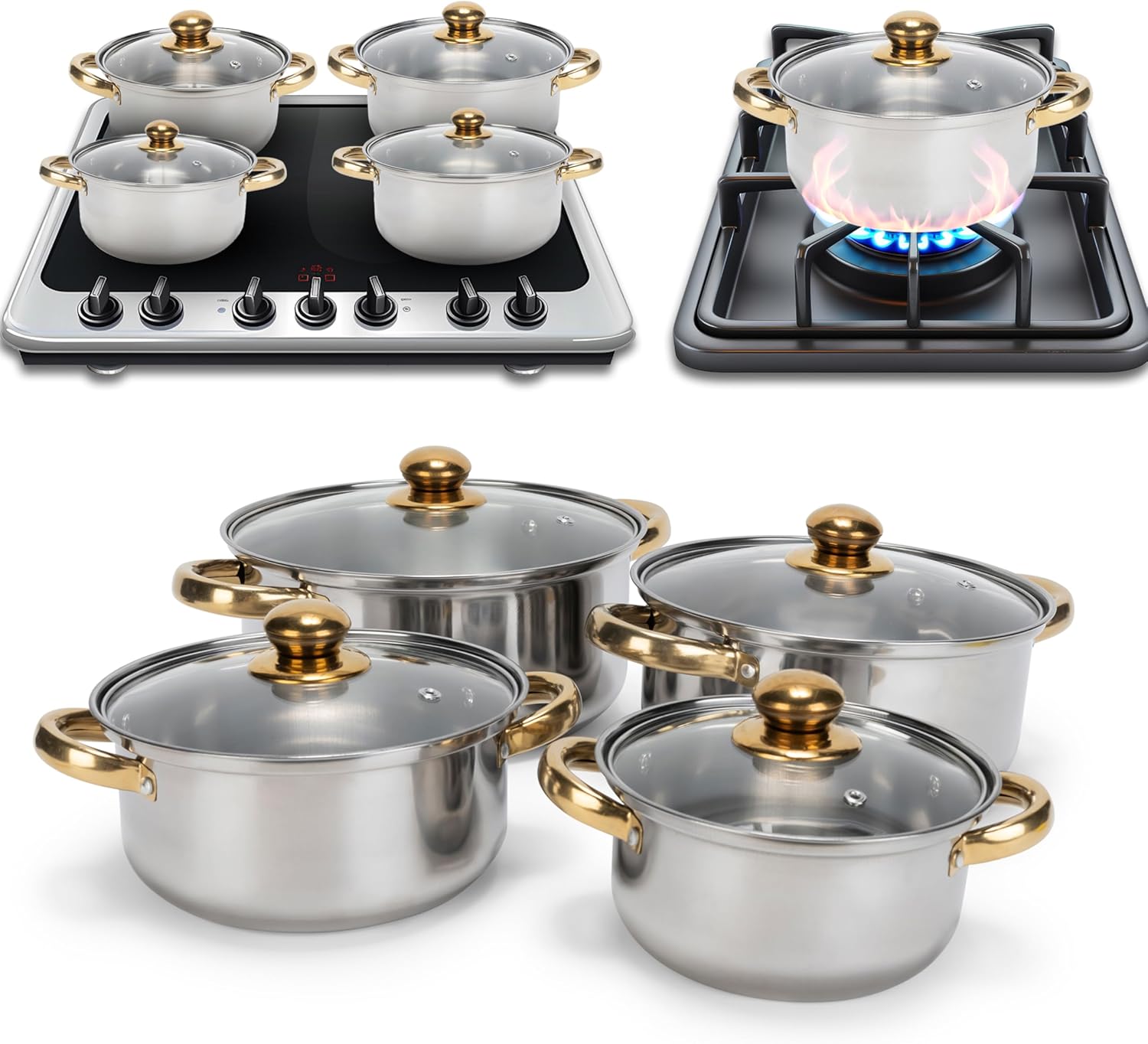

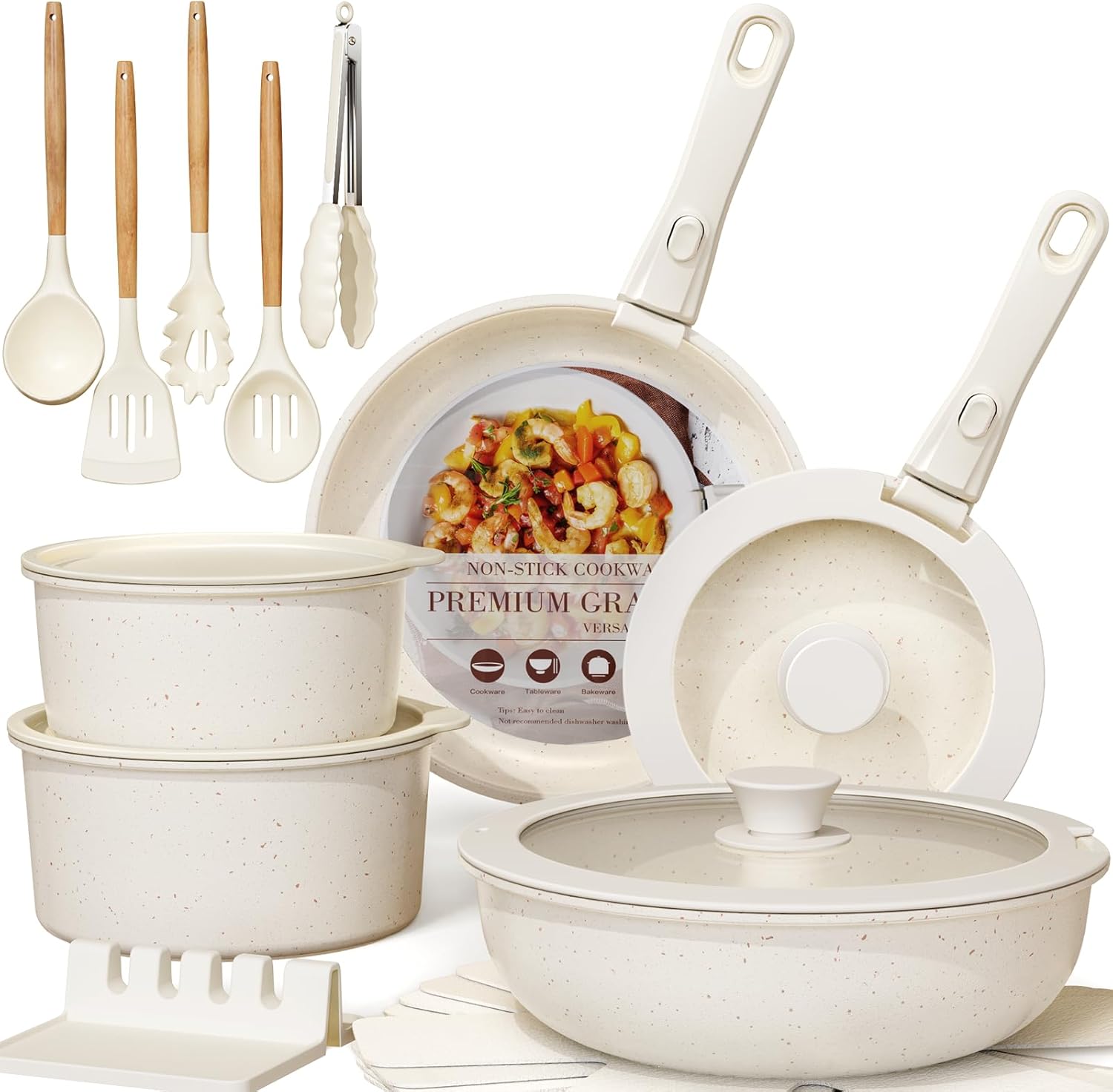
Leave a Reply